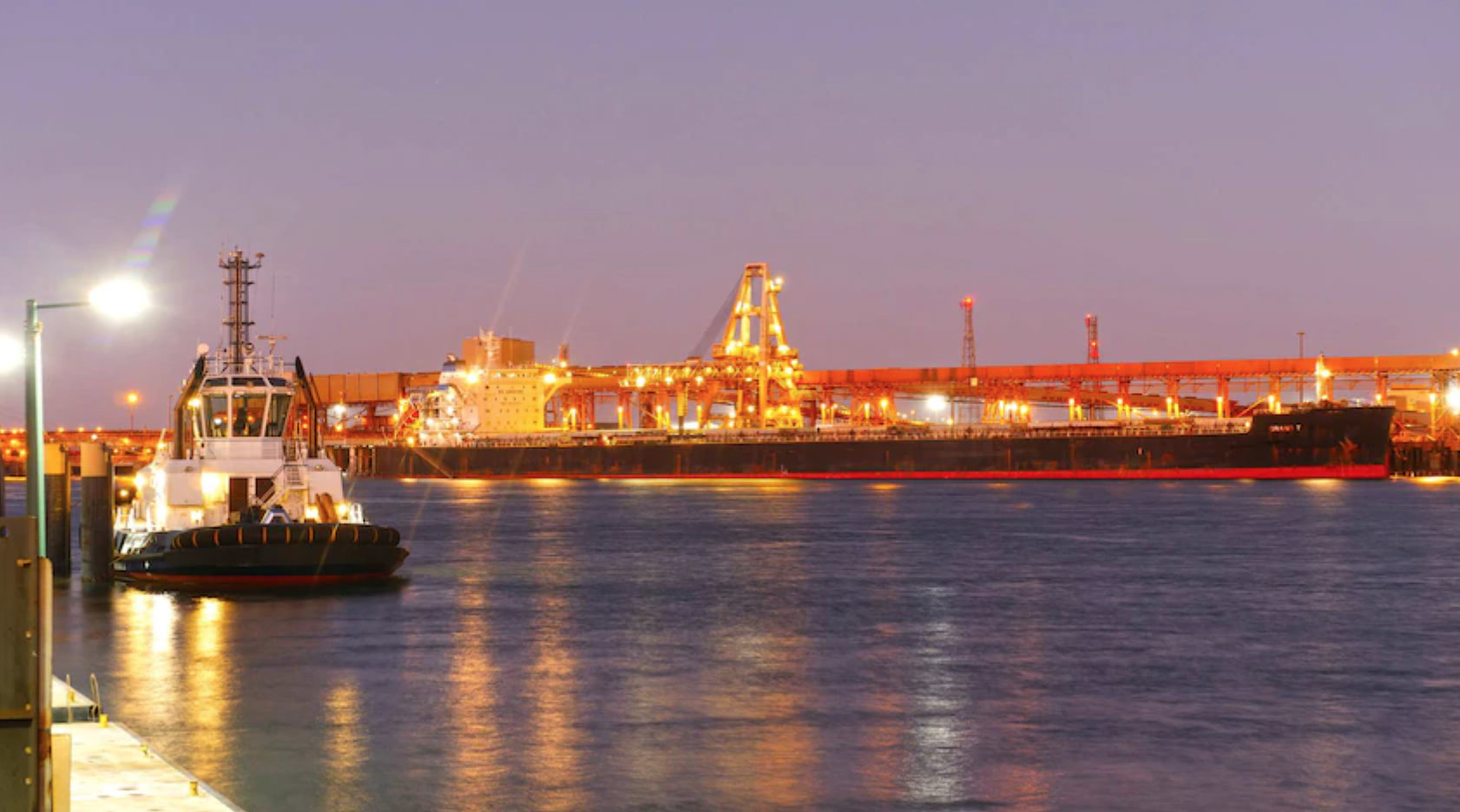
Article by Verity Gorman courtesy of the ABC.

- Residents in Western Australia’s Pilbara region say the lack of amenities makes it hard to live there
- Deputy Prime Minister Barnaby Joyce says a town like Port Hedland should have around 100,000 people
- Experts believe there are several factors that have constrained the growth of the region
The vast Pilbara region in WA’s north has an annual economic output of more than $100 billion but in the coastal town of Port Hedland locals complain it’s a struggle to find a decent venue for dinner.
“You can’t get a cup of coffee after 2pm,” says the president of Port Hedland’s Ratepayers Association, Arnold Carter.
“There are just no facilities.
“When it comes to getting an evening meal it’s slim pickings.”
Mr Carter said the lack of amenities was “absurd” given how much Port Hedland contributed to WA and the national economy.
It’s an irony that has led many, including Deputy Prime Minister Barnaby Joyce, to ask why such a lucrative region is home to so few people and so few amenities.
“We believe it’s untenable that in the 4,000 kilometres between Perth and Darwin we don’t have a city of 100,000 people,” Barnaby Joyce told parliament this year.
“We are investing in Port Hedland which, by tonnage is the biggest export port in the world … Port Hedland, though, has a population of merely 15,000 people.
“We need areas such as this to become the Gladstones and the Newcastles of our north-west.”
Professor Fiona Haslam McKenzie, director of the University of Western Australia’s Centre for Regional Development, said a lot would have to change for Mr Joyce’s ambitions to be realised.
“Certainly you would need to have a very clear regional plan,” she said.
“Where are people going to be employed and what plans are there for a diversified industry base?
“Karratha has two major industries, gas and iron ore, but Port Hedland is very much an iron ore town, which makes things difficult.”
Professor Haslam McKenzie has spent years researching why mining towns haven’t grown in line with the importance of the industry to the Australian economy and has used Port Hedland as a case study.
She said a range of factors contributed to Port Hedland’s constrained growth, including the topography, previous poor leadership and the entrenched practice of fly-in, fly-out workers.
“Topographically it’s very flat, it’s prone to flooding, it’s prone to cyclones, it’s a hot place, it’s got the wind factor and the fact that red dust flows across the port onto the flat land,” she said.
“It’s much cheaper to fly a worker to a site and provide them with bespoke accommodation than actually underwrite the cost of a family living in a house in the community.
“Then you have the difficulties that Port Hedland’s had with leadership, they’ve had some less than fabulous leadership issues in the replacement of the council.”
Professor Haslam McKenzie said while it was surprising that the Town of Port Hedland hasn’t kept up with the growth of industry in the region, she questioned Mr Joyce’s idea of turning it into a major city.
“If he’s holding Gladstone and Newcastle out as the benchmark, I wouldn’t want to change,” she said.
“Gladstone and Newcastle certainly have their own problems, not least FIFO around the Bowen Basin.”
“What underpins a population of 100,000 is it’s got to be livable. You’ve got to have sustainable jobs and it’s got to be a place that people want to live in.”
She said regional development was also a state government responsibility.
“It’s kind of convenient for a Nationals federal member to make those noises but it’s all care and no responsibility — they don’t invest a great deal in terms of strategic planning.”
Professor Haslam McKenzie said long-term thinking had to be applied to growing places like Karratha and Port Hedland.
“It would be (a useful investment) if there is some sort of longevity to the investment, I think that’s still to be proven,” she said.
“That’s not to say that iron ore is not going to be a very important commodity for a very long time, but what happens if we do have a dust up with China, or COVID-19 really decimates the workforce.
“It doesn’t take much to disrupt the market.”
Challenge to change perceptions
Port Hedland Mayor Peter Carter said while he’d like to see the town grow, a lot of work was needed to change people’s perception of the town.
“At the moment people … fly in fly out and we need to change that model because it’s a broken model,” he said.
“You need to change perceptions of Port Hedland and the infrastructure of Port Hedland.
“The way you do that is education and if you get education right, everything else will follow.”
